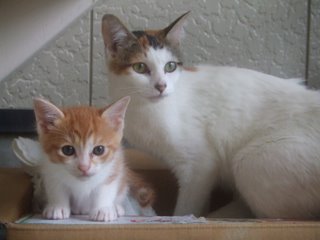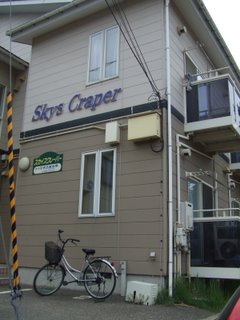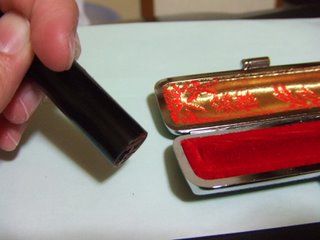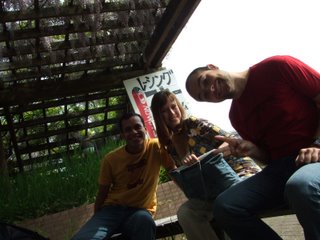We signed up for the Hippo Family Club* programme sometime last month and did not think much about it after that. Homework and projects occupied our time. So when Awamura Sensei messaged us about the briefing, we got excited and started discussing about what we would do with our foster family.
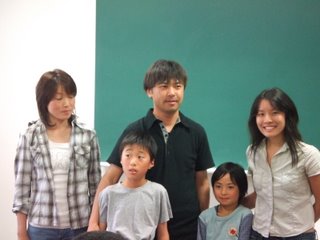
I met my host family, the Ishizuka's last Saturday together with the rest of the foreign students who were also in the programme. The Ishizuka's (石塚)speak very little English and seemed quite shy at first. I later found out that this was the first time their family was joining the homestay programme. But we soon warmed up to each other on the way to their home.


Because we were going to have a Welcome Party that evening, each family had to go home to prepare a meal or two each. After shopping for ingredients, I was promptly brought to their cosy house, where I would be staying for the weekend. They live in a suburban residential area, and apparently, the house cost Yen20million!

And there you have, my pasta salad. I meant to make them on my own someday when I get sick of my current recipes, but since my お母さんfound out that I loved Italian food, I somehow ended up making it for the party that evening. I must admit that most of the food I cook here are first times. A lot of them are self invented recipes, haha!

It must be quite good, even though it was my first attempt, coz あおいちゃん, the daughter loved it! But it is also quite
mensiasuikan that I cook better Italian dishes than Malaysia food :p But anyways, after we were done with cooking, off we went to Tenjuen for the party. Passed by the Big Swan, one of the venues for the 2002 World Cup, on the way there.

Each group of family and their foster child had to come up to the front to introduce themselves. The Koreans, making the majority of the group, went up first. This was followed by students from other countries - South Africa, Malaysia, Yemen, Paraguay, Indonesia, Austria, Ivory Coast and Bangladesh. Then it was time for ばんごはん- dinner time!

Then it was time for some entertainment. Each group had to come up with a cultural presentation from their country. The Koreans, being the biggest group had the advantage of discussing with each other, and came up with a nice choir band. Since it was so impromptu, the Malaysians teamed up with the sole Indonesian and sang "Rasa Sayang"!
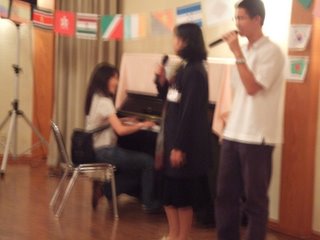
After an introduction to a traditional Japanese (probably Niigata) dance and some performances by the Japanese children of the various languages they learnt through the Hippo club, it was time to go home. I was looking forward to that because it had been a long day. While chatting with the family, I took the opportunity to gave them a little token of appreciation - a batik souvenir for the parents and a set of
batu seremban for the kids.
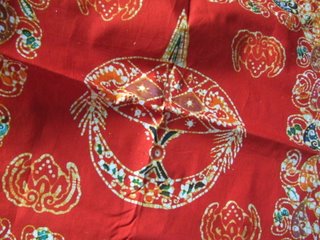
Before going to bed, I had the most relaxing bath ever. Even though their house was modern, but the way they bathe was relatively traditional - a shower to clean the body, followed by an immersion in the heated bathtub. I so want to take Japanese bathroom technology back to Malaysia!

Breakfast was also quite Japanese - a bowl of rice with grilled salmon, an assortment of pickles (which includes うめぼし,umeboshi - Japanese sour plum), miso soup with mussels (I think!), seaweed, tomatoes, and mayo salad made with the previous night's extra pasta.
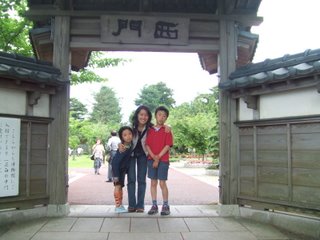
We joined another family for a visit to the Northern Cultural Museum. Even though it was not as sophisticated as the
Minatopia, the oldness (if there is such a word) and originality of it was really quite charming.

Ironically, the Museum has a modern restaurant which serves hip Western food at a premium price. My lunch was ham and salad for appetizer and carbonara spaghetti! Nice setting and decidedly English, but I think the spaghetti needs to be cooked a little more longer.


The strawberry and vanilla swirl gelato icecream was a nice way to cap off the trip, especially with the balmy cloudy weather that afternoon. It was a nice little visit to the museum, especially for the kids. I got myself a fan in the form of the daughter from the other family coz she also wanted to come send me off home. She was almost in tears when her mother didn't allow at first. :(

But in the end, I got myself 2 foster families sending me back. I sent an email from my phone to thank the Ishizuka's for their hospitality. They were quite elated at getting a hiragana message from me, and told me あおいちゃん cried after I left. Sighs... :)
*a Japanese homestay programme aimed at encouraging cultural exchange between a Japanese family and a foreign student

